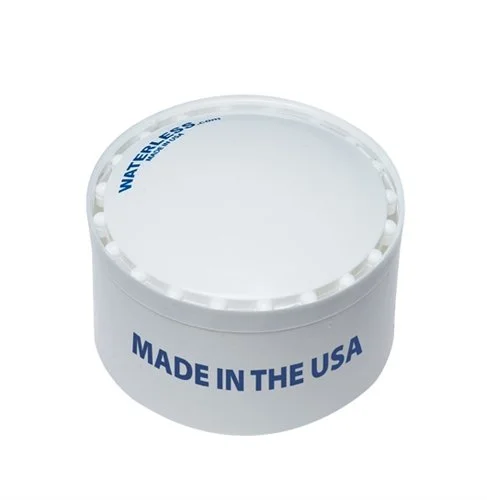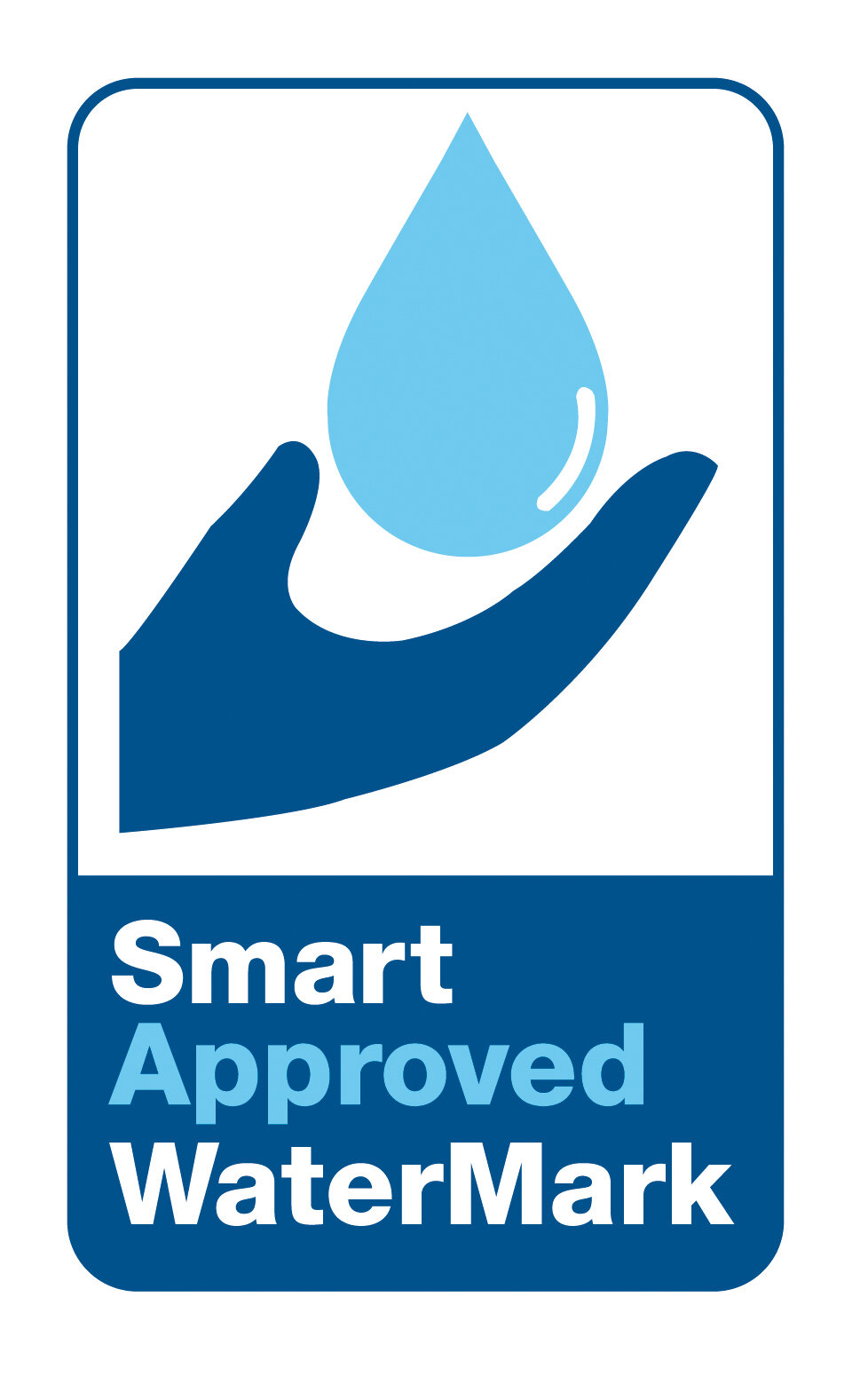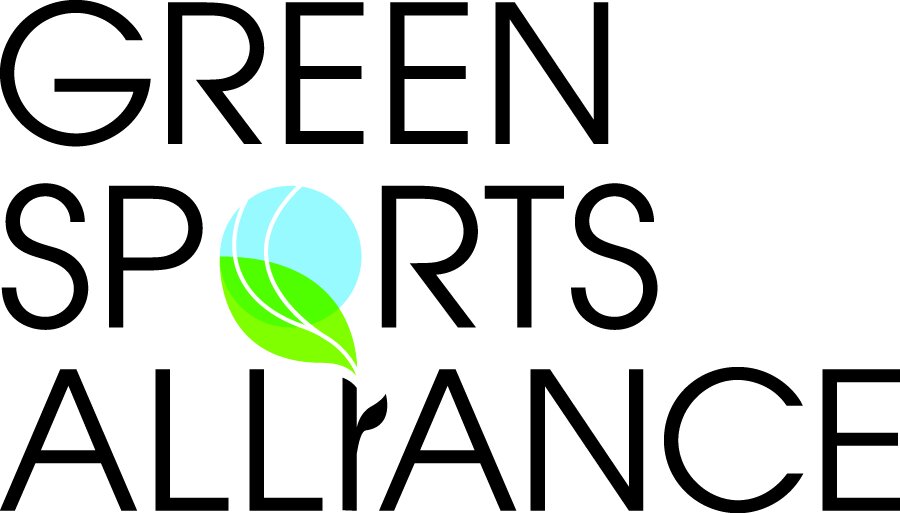Many facilities experience odors emanating from floor drains in restrooms, warehouses, public areas, and confined spaces. These odors are primarily due to the trap seal in the drainpipe evaporating; the trap seal not being replenished with trap primer; or no water entering the trap (such as through wet mopping the floor).
In addition, depending on your climate, trap seals may evaporate quickly. Or, if the trap does contain a trap primer, the trap primer may no longer work.
Enter EverPrime®! Add about 1 gallon of water to the floor drain then approximately 3 ounces of EverPrime on top of the water.
Done! If no additional significant amounts of water enter the floor drain, EverPrime will last for months.
Application Guidelines
For floor drains 1-1/2" to 2": Add 3 oz. of EverPrime
For floor drains 3" to 4": Add 6 oz. of EverPrime®
Cost Benefits
EverPrime pays for itself on its first application. Simply calculate what it costs to call a custodian or plumber to investigate the problem. Further, they may try to remedy the situation but often must return in just a couple of weeks and do it all over again.
Not with EverPrime.
Ideal Applications
Great for schools, colleges, stadiums, hospitals, and facilities where rooms are unoccupied for extended periods. Please follow the instructions on the bottle.




















